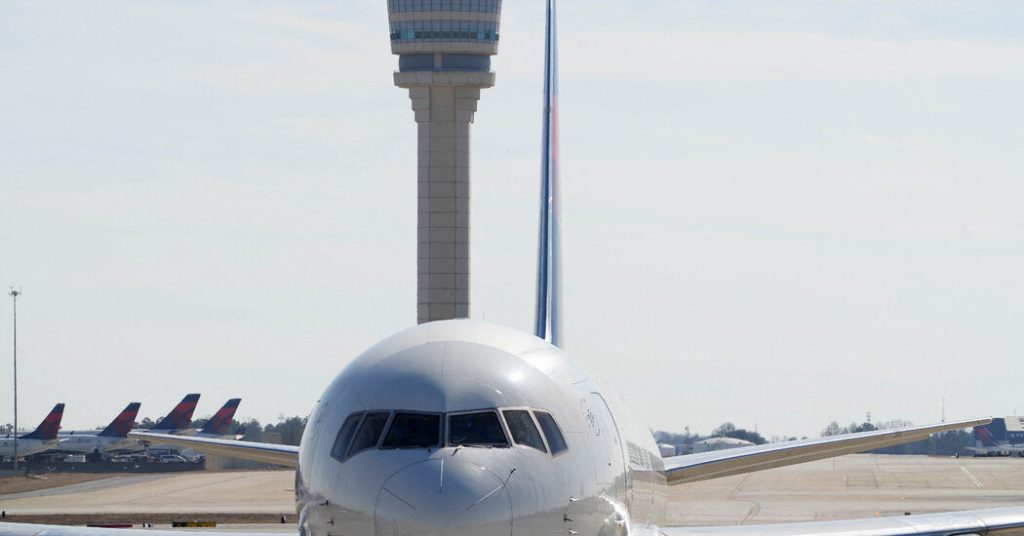The Federal Aviation Administration (FAA) experienced a temporary outage of its primary Notice to Air Missions (NOTAM) system late Saturday, prompting the agency to switch to a backup system to ensure the continued dissemination of real-time safety alerts to pilots. NOTAMs are crucial for flight safety, providing pilots with essential information about potential hazards in the air or on the ground, such as closed runways, airspace restrictions, and navigational signal disruptions. Transportation Secretary Sean Duffy confirmed the outage via social media, emphasizing that while the primary system was down, the backup system was operational, and the National Airspace System (NAS) remained unaffected. He assured the public that the FAA was working diligently to restore the primary NOTAM system and pledged to provide updates every 30 minutes. However, he cautioned about the possibility of residual flight delays on Sunday morning.
The outage underscored the critical role of the NOTAM system in maintaining the safety and efficiency of air travel. A failure of this system could have significant consequences, potentially leading to widespread flight disruptions, delays, and even safety risks. The fact that the FAA had a backup system in place mitigated the immediate impact of the outage, allowing air traffic to continue operating normally. This redundancy highlights the importance of robust backup systems in critical infrastructure, ensuring continuity of service in the event of a primary system failure. The temporary reliance on the backup system demonstrated its effectiveness in maintaining essential safety communications within the NAS.
As of early Sunday morning, there were no further updates regarding the status of the primary NOTAM system or the ongoing efforts to restore it. The lack of information left some uncertainty about the nature and extent of the outage, as well as the potential for lingering effects on air travel. The FAA’s website acknowledged “service outages” and confirmed that technicians were working to resolve the issue. However, it was unclear whether these outages affected only the primary system, the backup system, or both, and whether any progress had been made since the initial announcement. The lack of immediate response from the FAA to requests for comment further contributed to the information gap.
The incident highlighted the vast scope and complexity of the US National Airspace System, which encompasses over 29 million square miles and handles over 45,000 flights daily. Managing this intricate network requires robust and reliable systems, including the NOTAM system, to ensure safe and efficient air travel. The temporary outage served as a reminder of the vulnerability of these systems and the potential for disruptions, even with backup systems in place. It also underscored the importance of timely and transparent communication during such incidents to keep the public informed and minimize anxiety and uncertainty.
This was not the first time the NOTAM system had experienced an outage. A previous outage in January 2023 led to a nationwide ground stop, halting departures for approximately 90 minutes. This previous incident highlighted the significant impact such outages can have on air travel and the need for robust systems and procedures to mitigate these disruptions. The FAA had been working on modernizing the NOTAM system, presumably to enhance its reliability and resilience, but this recent outage demonstrated that further improvements might be necessary.
The incident raised several questions about the robustness and resilience of the FAA’s systems, particularly given the previous outage in January 2023. The fact that the system went down again suggests potential underlying vulnerabilities that need to be addressed. The lack of detailed information about the cause of the outage and the progress of the restoration efforts also raised concerns about transparency and communication. Furthermore, the potential for residual delays on Sunday morning highlighted the ripple effects of such outages, even after the systems are restored. This incident underscores the ongoing need for investment in infrastructure modernization and robust backup systems to ensure the continued safety and efficiency of the National Airspace System.











